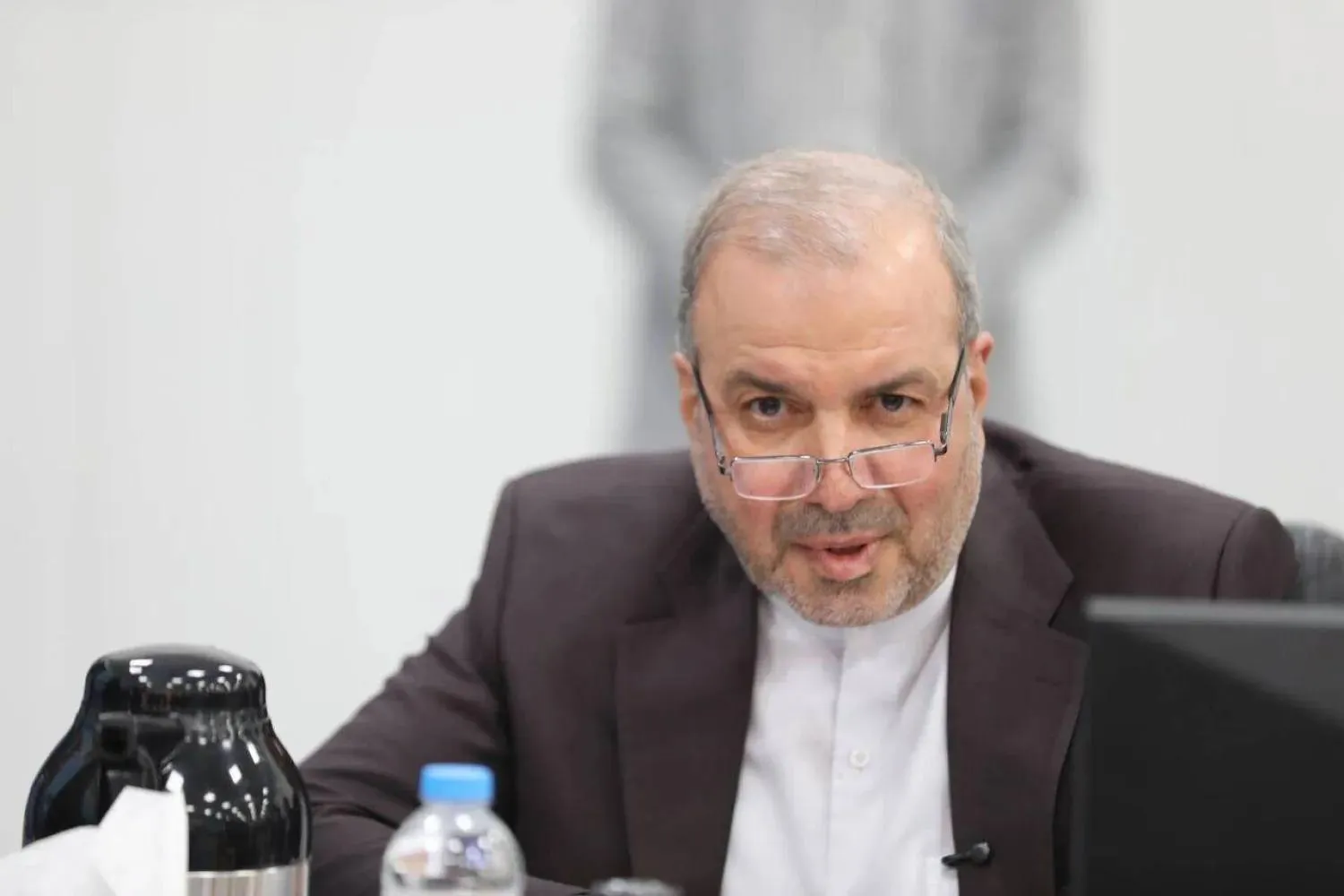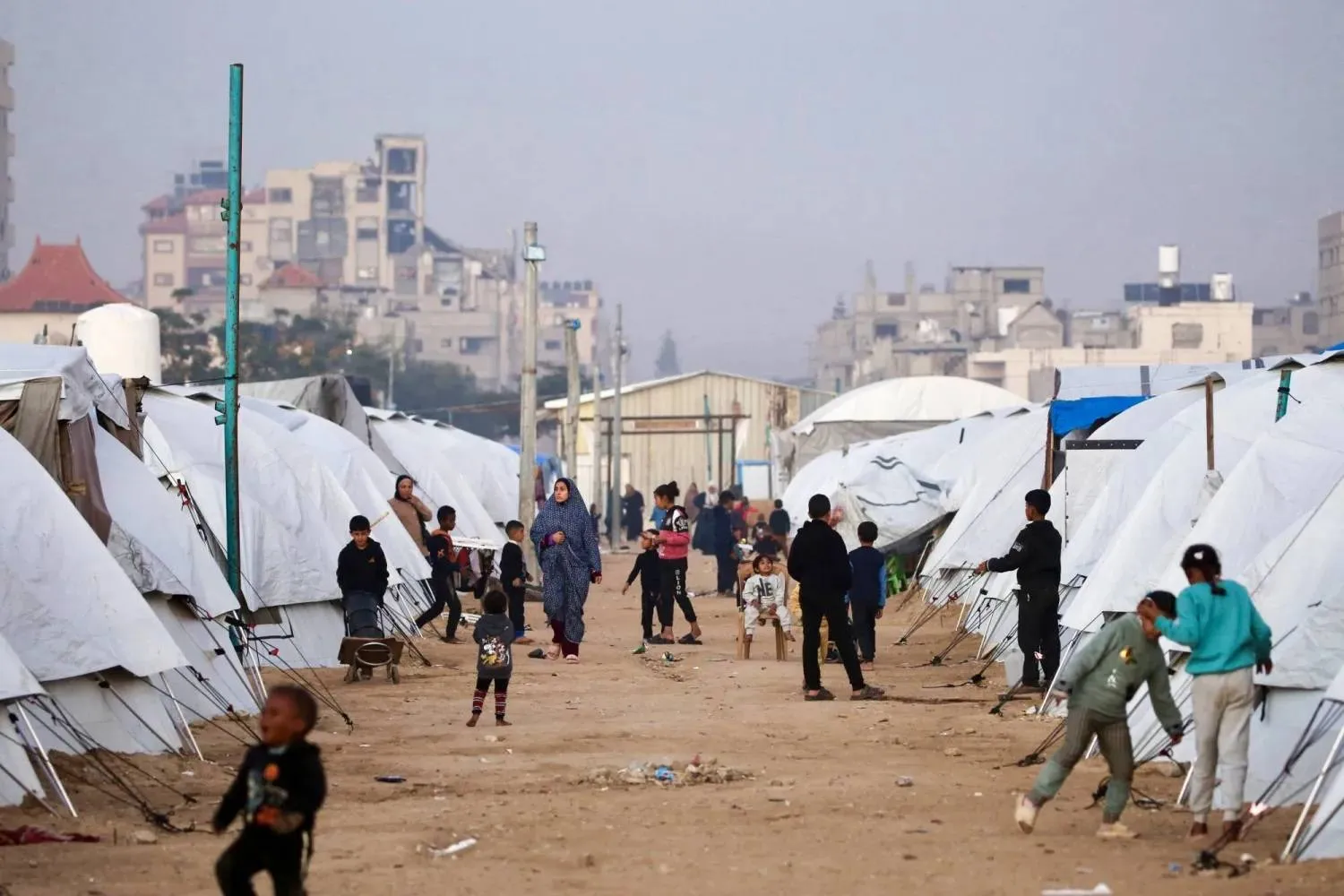Efforts by mediators to advance the second phase of the Gaza ceasefire agreement are intensifying, as Egypt issues fresh warnings that the process could be obstructed just days before it is due to take effect in January.
Egypt’s position, which rejects fragmenting reconstruction, dividing the Gaza Strip, or accepting Israeli conditions regarding stability forces in the enclave, carries important messages aimed at pressuring Israel ahead of a meeting between US President Donald Trump and Israeli Prime Minister Benjamin Netanyahu on Dec. 29, experts told Asharq Al-Awsat.
They expect Washington to press for the launch of the second phase in light of those Egyptian messages.
German Foreign Minister Johann Wadephul said on Friday that Germany would not take part, for the foreseeable future, in an international force for stability in Gaza under the enclave’s peace plan, which is expected to be deployed next month.
The move has reinforced Egyptian concerns voiced by Diaa Rashwan, the head of Egypt’s State Information Service, who accused Netanyahu of trying to reframe the second phase and confine it to a demand to disarm the resistance, something not stipulated in the agreement and well understood by the United States.
He pointed to Israeli efforts to involve a stability force in roles beyond its mandate, such as disarmament, which participating countries would not accept.
Rashwan said on Thursday, according to state-owned Al Qahera News television, that Netanyahu’s attempts could delay or slow implementation but would not succeed in stopping the second phase.
He added that Netanyahu was seeking by all means to avoid moving to the second phase of the Gaza ceasefire agreement and to push Washington into a confrontation with Tehran, which could reignite Gaza and derail the second phase.
On Thursday, Israel’s Ynet news site quoted a military source as saying Netanyahu would brief Trump on intelligence about the threat posed by Iranian ballistic missiles during their expected meeting before the end of the year.
The source said Israel might be forced to confront Iran if the United States fails to reach an agreement to curb Iran’s ballistic missile program.
Mokhtar Ghobashy, Secretary-General of the Al-Farabi Center for Political Studies, stated that the Egyptian statements were clear and explicit, conveying messages to Israel and Washington ahead of the anticipated visit.
He said that when Egyptian anger reaches the level of direct messaging, Washington considers the need to reach a point of convergence between Cairo and Tel Aviv.
Palestinian political analyst Nizar Nazzal said the Egyptian statements carry genuine messages and concerns about Israel entrenching the status quo from a security rather than a political perspective, in the hope that Washington would move seriously to put an end to it.
Egypt’s position extends beyond expressing concern to include explicit warnings. Egyptian Foreign Minister Badr Abdelatty said on Thursday in an interview with Egyptian television that there were two red lines in Gaza.
The first is rejecting any separation between the West Bank and the Gaza Strip, which he said was impossible as both constitute an indivisible unit of the future Palestinian state. The second red line is rejecting any division of the Gaza Strip.
He added that talk about dividing Gaza into red and green zones, or about areas under direct Israeli control receiving food, water and reconstruction while 90 percent of Palestinians elsewhere are denied basic needs under the pretext of Hamas’ presence, is absurd, will not happen and will not be agreed to.
Ghobashy stressed that when Egypt declares red lines, it marks a firm boundary, noting that there are unacceptable violations on the ground from Cairo’s perspective.
He said Cairo was deliberately sending these messages at this time in the hope of strengthening the mediators’ path toward launching the second phase soon, especially since Washington can impose its will if it chooses, particularly when it comes to pressuring Israel to halt actions obstructing the agreement.
Israel Hayom newspaper reported on Thursday that the anticipated meeting between Netanyahu and Trump would conclude with a statement on progress toward the second phase of the Gaza ceasefire agreement.
Rashwan said that all indicators show the US administration has settled on starting the second phase in early January. He added that Trump’s reception of the Israeli prime minister on Dec. 29 likely signals the actual launch of the second phase without ambiguity.
Nazzal expects Netanyahu, in his meeting with Trump, to try to push a narrative of maintaining Israel’s presence along the yellow line, dividing Gaza and starting reconstruction in the part under Israeli control.
But he said Egypt’s warning messages are a preemptive step to avert any new obstacles or US-Israeli alignment that could disrupt the agreement’s course.









